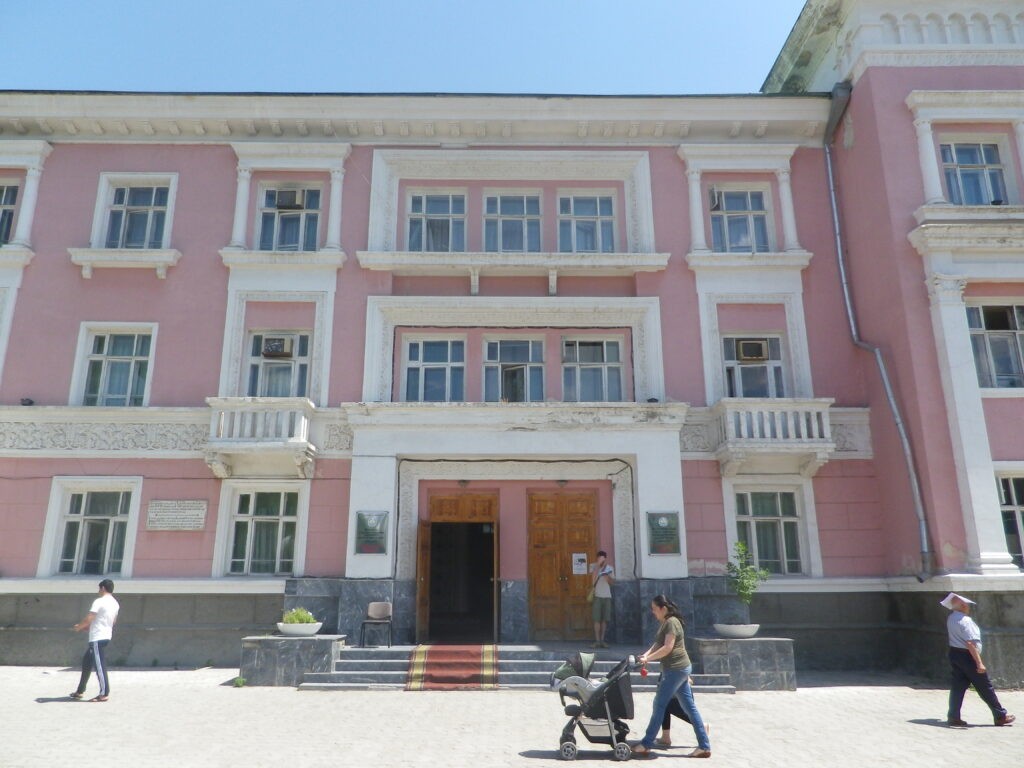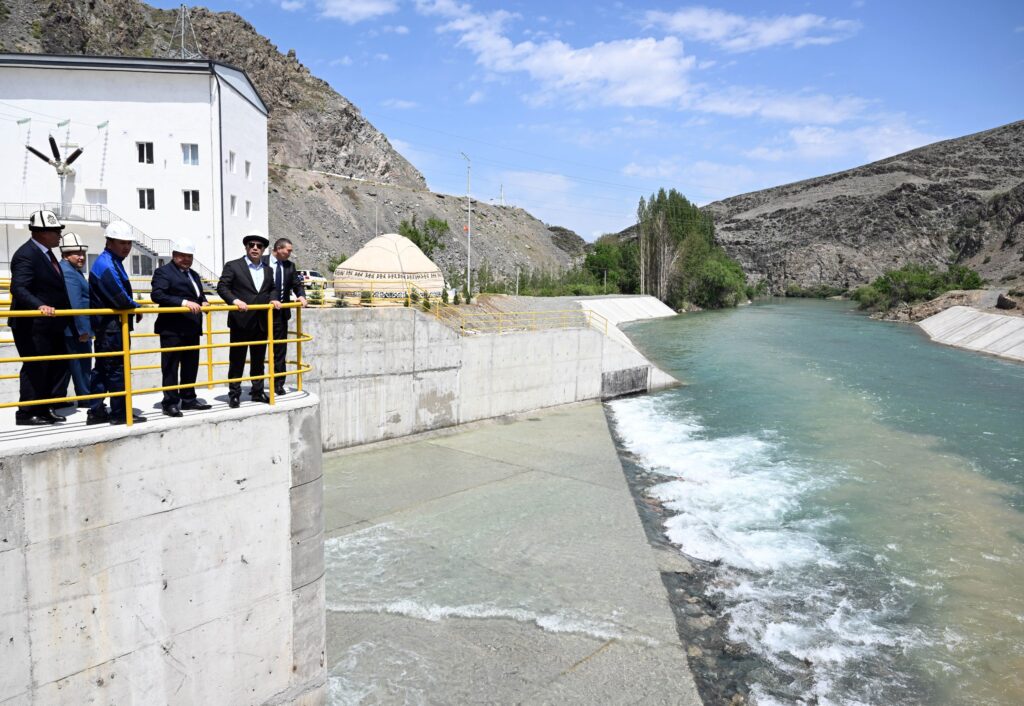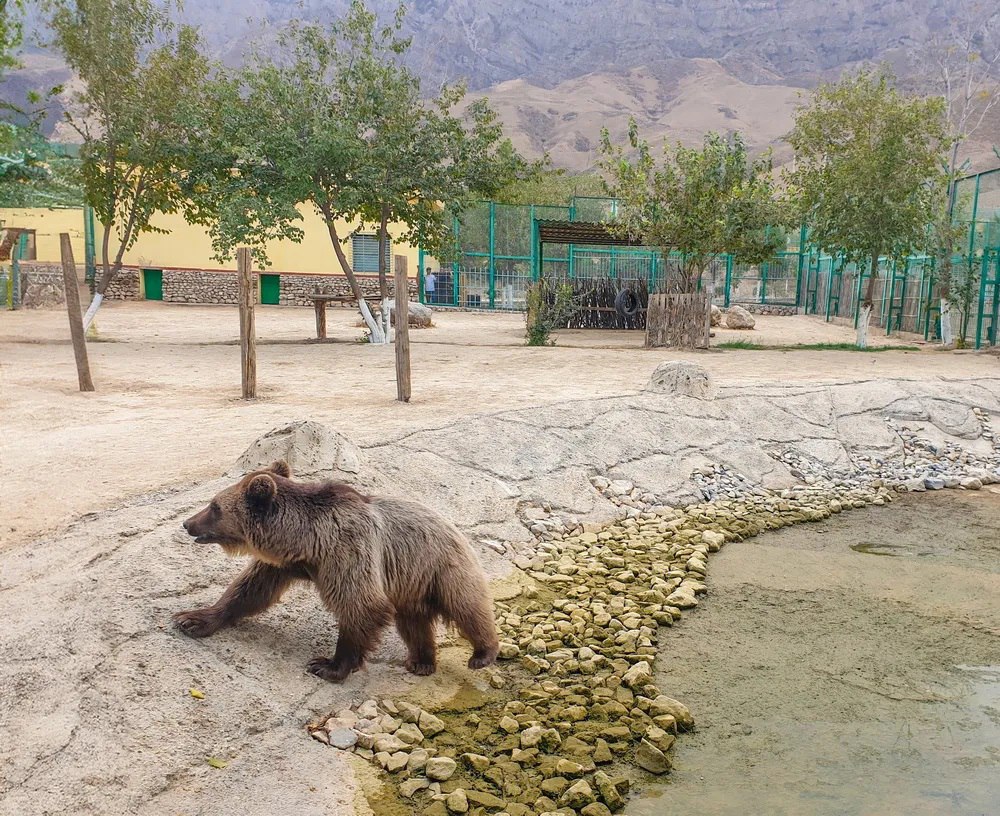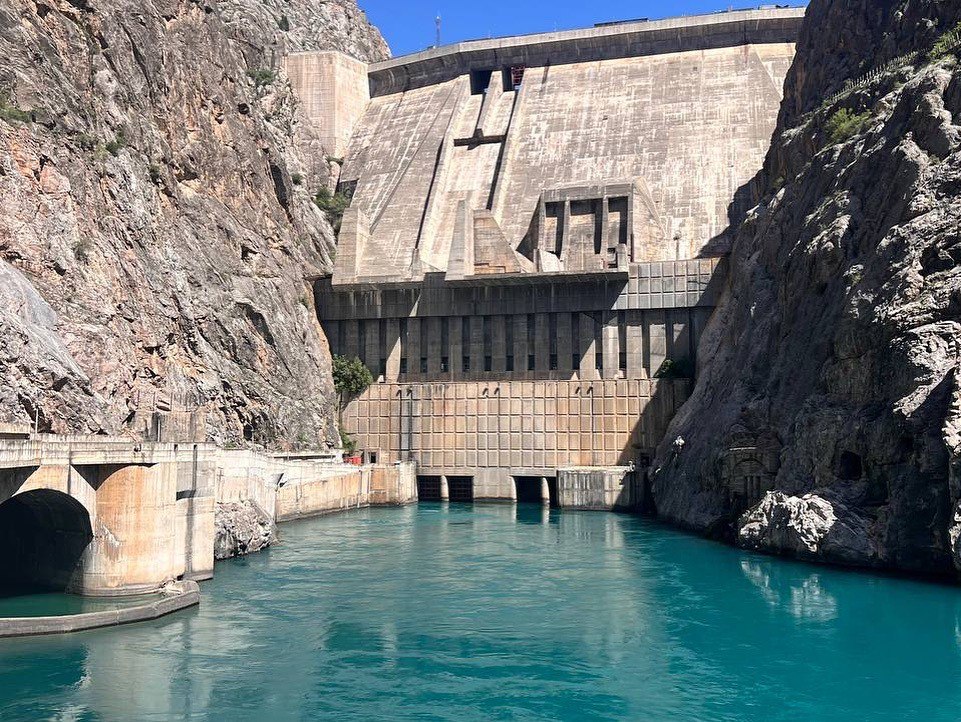Worn-out energy infrastructure, power shortages and dependence on imports: authorities in the Kyrgyz Republic will have difficult tasks to address in order to ensure the republic’s energy security over the next decades, said the head of the World Bank’s Kyrgyzstan office, Naveed Hassan Naqvi, in an interview with the state news agency, Kabar.
Hassan Naqvi noted that energy issues are very serious and affect not only Kyrgyzstan, but the entire region, and the development of this sector directly affects the lives of people throughout Central Asia. The recent accident at Bishkek’s thermal power plant showed how vulnerable the energy sector can be, and how much people rely upon it.
“As you know, the installed capacity in the Kyrgyz Republic is about 3,900 megawatts, about 800 megawatts of which comes from the coal-fired Bishkek combined heat power (CHP) plant. The rest of the capacity is provided mainly by hydropower. It is important to note here that more than half, maybe even 60% of electricity transmission and distribution networks are used beyond their (service) life and need to be replaced. If we talk about hydroelectric power plants and their equipment, we see a similar situation – more than half of the facilities need replacement or repair,” the head of the World Bank office emphasized.
The World Bank office has long been following the situation in Kyrgyzstan, and helped develop a strategy to put the sector on the path to modernization. One of the key factors for solving problems, according to the international financial organization, is not only modernizing and replacing old equipment, but the need to increase tariffs paid by the population. Existing tariffs in the republic are the fifth cheapest in the world, meaning the authorities spend 2-3% of the country’s GDP subsidizing them. In May 2023, the authorities raised electricity tariffs for government organizations, businesses, and household consumers.
“As a result of dialog and close cooperation with the government, we started working in several areas, including tariff reform and calculating the installed capacity the country will need by 2050. Our assessment showed that the existing installed capacity in the country is 3,900 megawatts, but the country will need 10,000 megawatts by 2050,” said Hassan Naqvi.
In 2022, the World Bank allocated $50 million to the republic to modernize the energy infrastructure for household consumers: upgrading transformers, transmission lines, and installing smart meters to improve the efficiency of the energy grid. A year later, the World Bank provided another $80 million in the form of a subsidized loan to improve power grids and support small-scale energy – namely the construction of micro hydropower plants (HPPs) on Kyrgyzstan’s numerous rivers. Lastly, in the fall of 2023, the bank allocated $5 million to the republic for a feasibility study of a new large HPP, Kambarata-1. The World Bank is slated to provide another $150-$200 million of the $500 million needed for its construction.









